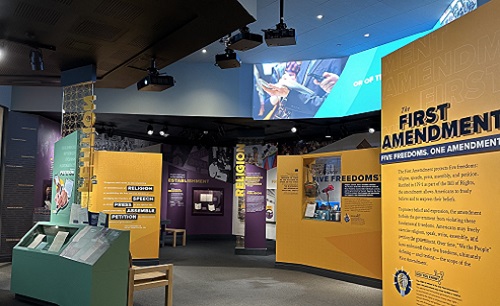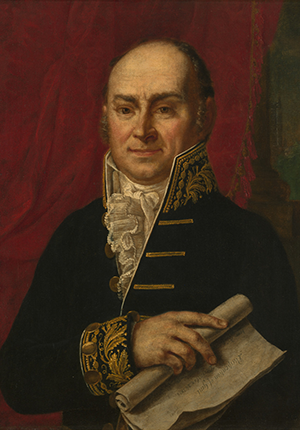
Constitution 101 Course
Start your constitutional learning journey

House of Representatives | 1835-1849

Infuriated by the anti-slavery petitions by groups like the American Anti-Slavery Society, pro-slavery members of the House of Representatives adopted rules prohibiting the House from officially receiving (and considering) any petition calling for the abolition of slavery. The rule, ultimately abandoned in 1840, prompted members including former President John Quincy Adams to accuse slavery advocates of violating the federal Bill of Rights and the First Amendment’s declared right to petition government for redress of grievance. The episode had the effect of making Northern Americans increasingly aware that slavery was no longer an issue confined to the South, but increasingly affected the rights of all citizens of the United States, rights enumerated in the federal Bill of Rights.

Class of 1921 Bicentennial Professor in the History of American Law and Liberty, and Professor of History at Princeton University

E. Claiborne Robins Distinguished Professor of Law at the University of Richmond
The House resumed the consideration of the report of Mr. Pinckney, from the select committee on the subject of abolition. . . .
The preamble and third resolution were then read as follows:
And whereas it is extremely important and desirable that the agitation of this subject should be finally arrested, for the purpose of restoring tranquility to the public mind, your committee respectfully recommend the adoption of the following additional resolution, viz:
Resolved, That all petitions, memorials, resolutions, propositions, or papers, relating in any way, or to any extent whatever, to the subject of slavery, or the abolition of slavery, shall, without being either printed or referred, be laid upon the table, and that no further action whatever shall be had thereon.
. . .
Mr. PHILLIPS then moved to lay the preamble and third resolution on the table.
Mr. GRENNELL asked for the yeas and nays, which were ordered, and the motion to lay on the table was negatived—yeas 69, nays 118.
The question recurring upon the adoption of the preamble and third resolution, the Clerk proceeded to call the roll.
When the name of Mr. Adams was called, that gentleman rose and said: I hold the resolution to be a direct violation of the Constitution of the United States, the rules of this House, and the rights of my constituents.
Mr. A. resumed his seat amid loud cries of “Order!” from all parts of the Hall.
The third resolution was then agreed to—yeas 117, nays 68.